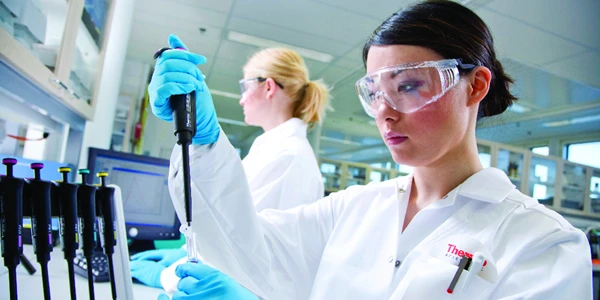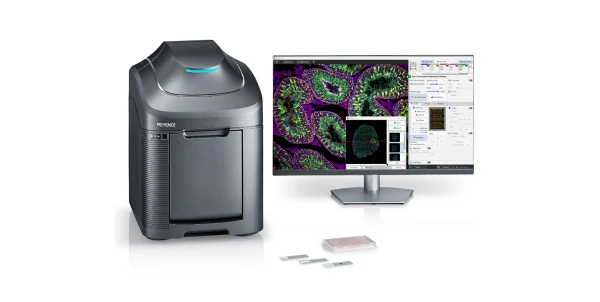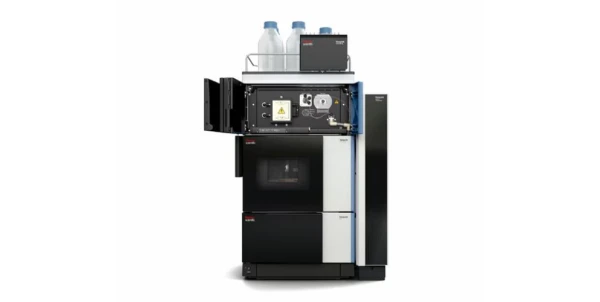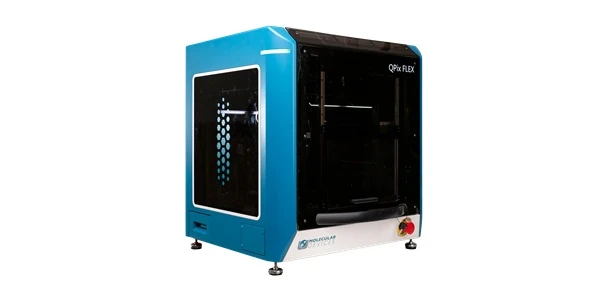The Best Cryogenic Storage Tanks: A Buyer's Guide to Price and Features
Cryogenic storage tanks are essential for safely storing biological samples, gases, and other materials at extremely low temperatures. These tanks are widely used in medical research, biotechnology, pharmaceuticals, and industrial applications where maintaining sample integrity is critical. Selecting the right cryogenic storage tank involves considering factors such as temperature stability, capacity, safety, and ease of use. This guide provides an overview of different types of cryogenic storage tanks, key features to consider, and a price guide to help you make an informed decision. Liquid Nitrogen Storage Tanks are designed to store and handle liquid nitrogen (LN2), which is commonly used for freezing and preserving biological samples. These tanks are equipped with insulated walls to maintain the ultra-low temperature required for sample preservation. They are available in various sizes, from small portable units to large stationary tanks. Applications: Biobanking, sperm and egg storage, cryopreservation of biological samples, and industrial cooling. Liquid Oxygen Storage Tanks are used to store and transport liquid oxygen (LOX) at cryogenic temperatures. These tanks are commonly used in medical facilities, laboratories, and industrial settings. The tanks are equipped with safety features to handle the pressurized nature of liquid oxygen safely. Applications: Medical oxygen supply, industrial processes, aerospace, and scientific research. Liquid Argon Storage Tanks store liquid argon (LAr) for various applications, including welding, metal fabrication, and semiconductor manufacturing. Liquid argon is also used in research laboratories for its inert properties, which prevent chemical reactions. Applications: Welding and metal fabrication, semiconductor manufacturing, and scientific research. Liquid Helium Storage Tanks are used to store liquid helium, which is essential for applications requiring extremely low temperatures, such as superconducting magnets and cryogenic research. Helium is also used for cooling purposes in MRI machines and other advanced medical equipment. Applications: MRI cooling, cryogenic research, superconducting magnets, and space exploration. Dewar Flasks are specialized containers designed for the temporary storage and transportation of cryogenic liquids. These flasks are portable and feature double-walled vacuum insulation to minimize heat transfer. They are ideal for applications requiring smaller quantities of cryogenic fluids. Applications: Laboratory use, cryogenic liquid handling, short-term storage, and transportation of liquid nitrogen or helium. Bulk Cryogenic Storage Tanks are large-capacity tanks designed for the storage and supply of cryogenic liquids in industrial settings. These tanks are constructed with robust materials and are equipped with advanced insulation to maintain the desired temperature. They are suitable for high-demand applications. Applications: Large-scale industrial processes, chemical manufacturing, gas distribution, and medical facilities. Maintaining consistent ultra-low temperatures is critical for the preservation of sensitive samples and materials. Choose tanks with high-quality insulation and temperature stability to ensure the integrity of the stored contents. Vacuum insulation and multi-layer insulation are commonly used to minimize heat transfer. Consider the capacity requirements of your application when selecting a cryogenic storage tank. Tanks are available in a range of sizes, from small portable models to large industrial tanks. Ensure the tank can accommodate the volume of cryogenic liquid needed for your specific needs. Cryogenic storage tanks must be constructed from materials that can withstand extreme cold and resist corrosion. Stainless steel and aluminum are commonly used materials for their durability and strength. Ensure the tank meets industry standards for quality and safety. Safety is paramount when handling cryogenic liquids, which can cause severe burns and pose explosion risks if not properly managed. Look for tanks with pressure relief valves, safety vents, and secure locking mechanisms. Automated monitoring systems can provide real-time alerts for temperature and pressure changes. Consider the ease of use and handling features of the cryogenic storage tank. Tanks with ergonomic designs, easy-to-read gauges, and convenient access points for filling and dispensing cryogenic liquids improve user experience and safety. Mobility features, such as wheels or handles, can enhance portability. Regular maintenance is essential for the safe operation of cryogenic storage tanks. Choose tanks with accessible components for easy cleaning and inspection. Availability of technical support and service plans can ensure your tank remains operational and effective over time. Selecting the best cryogenic storage tank involves considering factors such as temperature stability, capacity, safety, and ease of use. By choosing high-quality tanks that meet your specific needs, you can ensure the safe storage and handling of cryogenic liquids and materials. For more detailed specifications or to view models, visit LabX.com to browse products and gain additional insights to help in making the best choice for your lab's needs.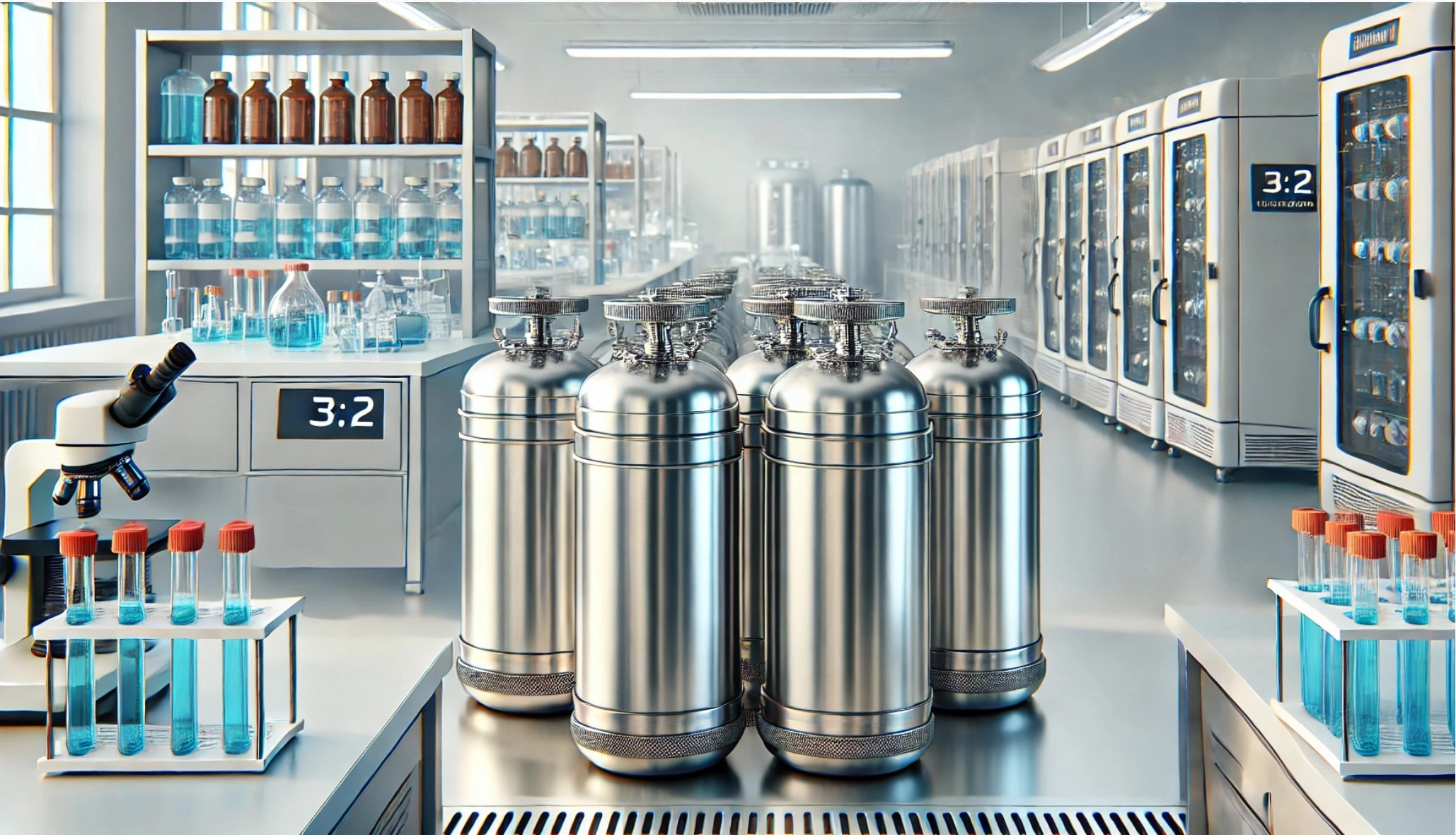
Temperature Stability, Capacity, and Safety are Key Considerations to Find the Best Cryogenic Storage Tanks at the Best Price
Types of Cryogenic Storage Tanks
1. Liquid Nitrogen Storage Tanks
2. Liquid Oxygen Storage Tanks
3. Liquid Argon Storage Tanks
4. Liquid Helium Storage Tanks
5. Dewar Flasks
6. Bulk Cryogenic Storage Tanks
Key Features to Consider When Buying Cryogenic Storage Tanks
1. Temperature Stability and Insulation
2. Capacity and Size
3. Material and Construction
4. Safety Features
5. Ease of Use and Handling
6. Maintenance and Support
Cryogenic Storage Tank Price Guide
View all Cryogenic Storage Tank Listings on LabX.com

